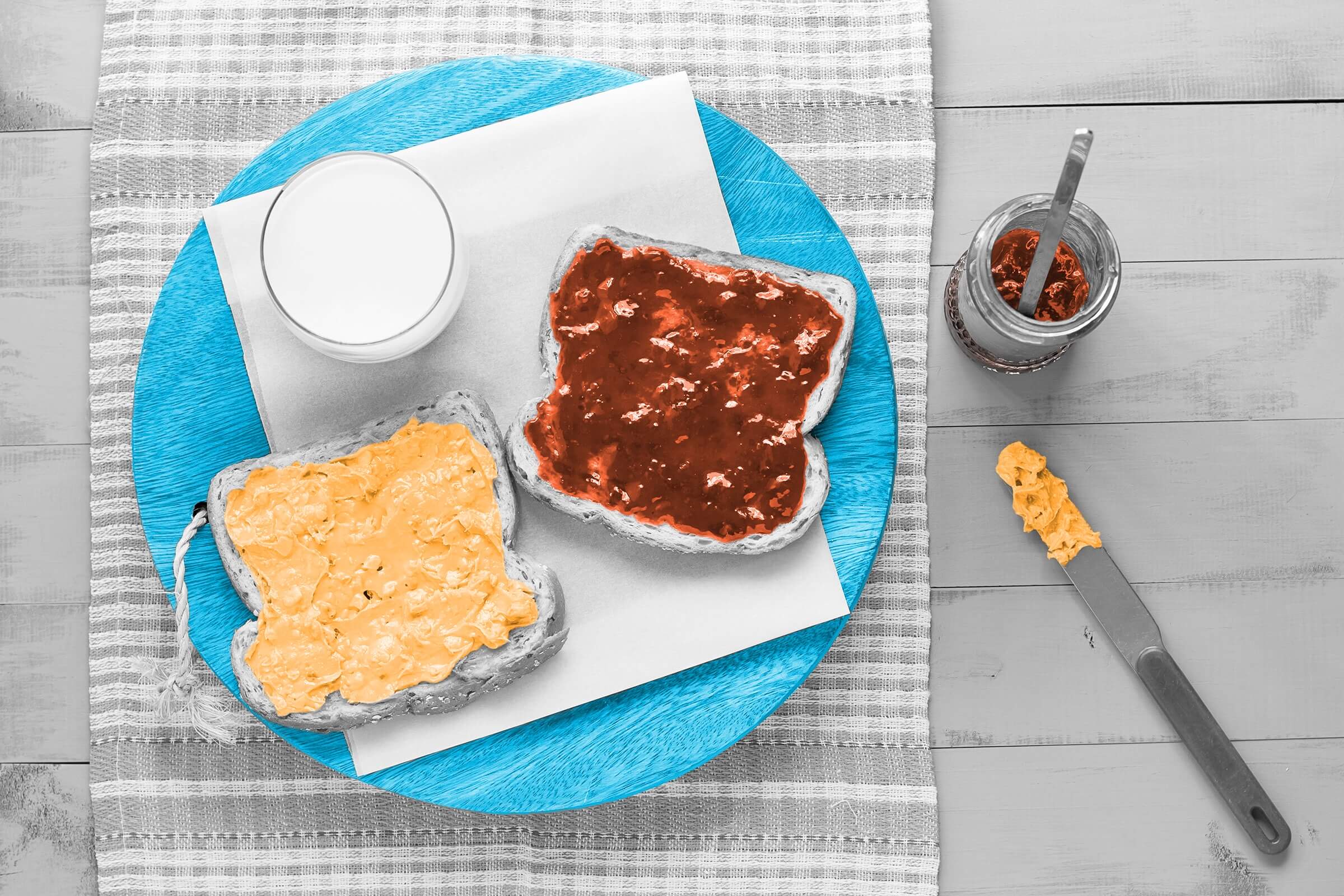
Philadelphia Cream Cheese isn't actually from Philadelphia.
The City of Brotherly Love has clear-cut claims on many food origins — cheesesteaks, stromboli, and even root beer. But one thing’s for sure: Despite the name, Philadelphia Cream Cheese is definitely not from Philly. The iconic dairy brand secured its misleading name (and gold-standard status) thanks to a marketing ploy that’s been working for more than 150 years … and it’s all because of Pennsylvania’s reputation for impeccable dairy. Small Pennsylvania dairies of the 18th and early 19th centuries were known for using full-fat milk and cream to make rich cheeses — in contrast to New York dairies, which mostly used skim milk — and because the perishables couldn’t be easily transported, they gained a reputation as expensive luxury foods. So when upstate New York entrepreneur William Lawrence began making his skim milk and (for richness) lard-based cream cheese in the 1870s, he needed a name that would entice customers and convey quality despite it being made in Chester, New York, and not Philadelphia. Together with cheese broker and marketing mastermind Alvah Reynolds, Lawrence’s cheese was branded under the Philadelphia name in 1880, which boosted sales and promoted its popularity with home cooks well into the early 1900s.
Lawrence is often credited with inventing cream cheese, and culinary lore frequently cites its creation as an accident. But some food historians say he wasn’t the first person to concoct the cheesy spread — recipes for it had been circulating for some time in newspapers and magazines. Lawrence did, however, create the first commercial cream cheese factory, which made the product accessible to home cooks. Lawrence eventually left the dairy industry for politics, becoming the mayor of Chester, but his legacy remains in every foil-wrapped block found in an American fridge.
Besides the whipped or flavored versions that usually come in plastic tubs, most American cream cheese comes in a foil-wrapped block — and it’s almost always been that way. William Lawrence’s first mass-produced cream cheeses were wrapped in thick tissue paper commonly used by cheesemongers. But a few years into production, the rebranded Philadelphia Cream Cheese of the 1880s opted for tin foil packaging that helped the moldable cheese keep its shape — and more importantly, provided a firm wrapper that was an easier surface on which to print the brand name. Today, Kraft (the current owner of the Philadelphia brand) says the foil helps retain moisture and freshness.

